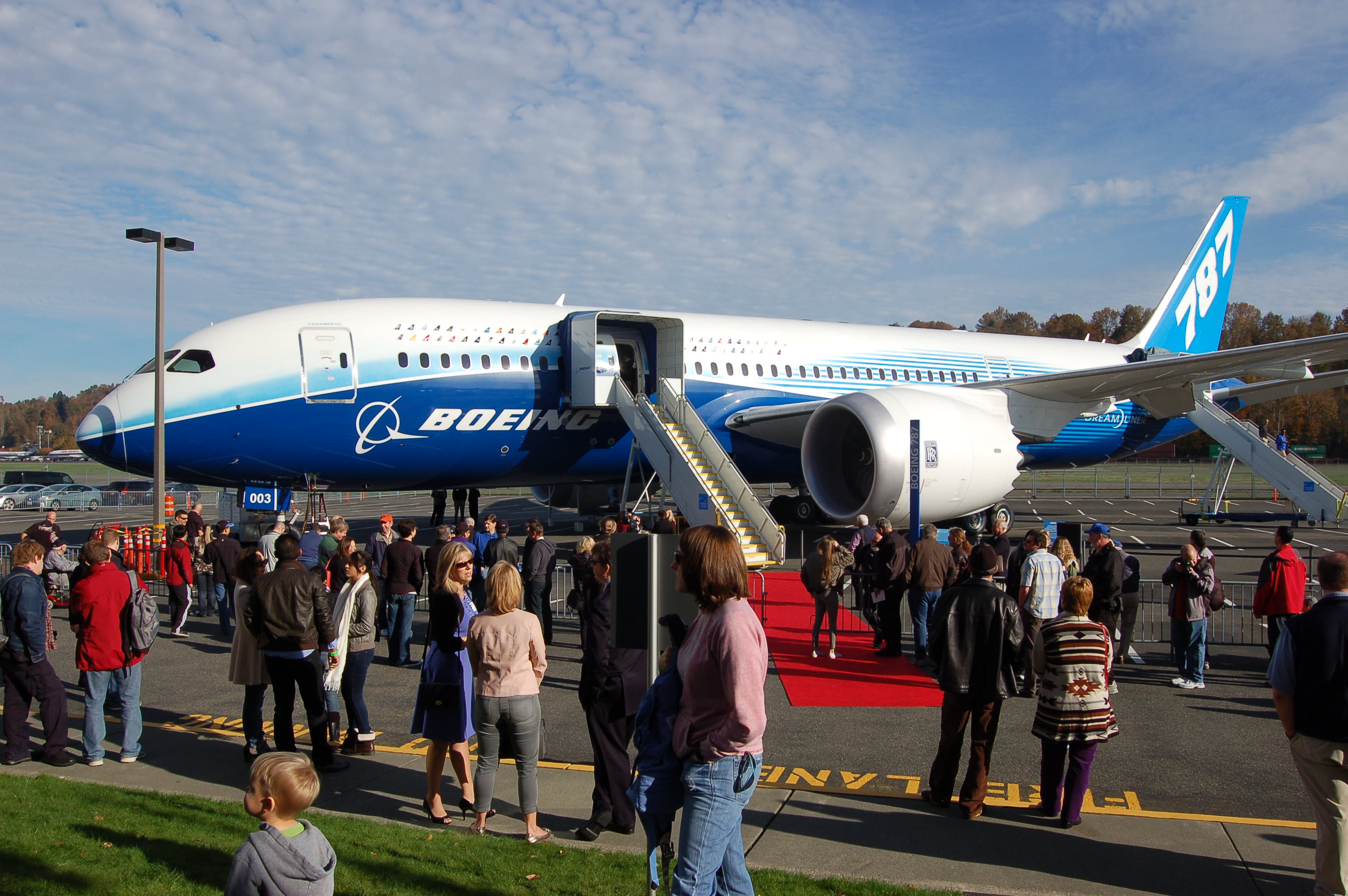
That’s still good enough to be the fourth best performer among the Dow 30 stocks and 10-times better than the DJIA itself which is up just 1.1% for the year-to-date.
More of the Dow stocks have posted year-to-date gains (19) than have posted declines. Of the top 5 gainers, Boeing is the only industrial, although General Electric Co. (NYSE: GE) with a year-to-date gain of about 9.1% joins the aircraft maker as the only other industrial among the top ten.
Boeing’s fourth-quarter and full-year 2014 earnings report boosted the stock to its February high. The company reported that it had delivered a record-high 723 commercial jets for the year and expected to deliver between 750 and 755 in 2015. That’s over 100 more than Airbus expects to deliver.
Maybe more important, however, is the company’s cash flow. Full-year operating cash flow before pension contributions in 2014 totaled $9.64 billion, down from $9.72 billion in 2013, but free cash flow rose from $6.08 billion in 2013 to $6.62 billion in 2014. The company projects operating cash flow for 2015 at more than $9 billion.
The company’s first quarter results, however, had some sobering news on cash flow: it was negative for the quarter. Apparently the company pulled some of its advance cash payments forward into the 2014 fourth quarter. The $486 million cash outflow the company reported for the first quarter was a big disappointment. Still, even after that disappointing report on first quarter 2015 results, Boeing did not back off its $9 million cash flow projection for the year.
The company is also expected to reach the point this year where it stops losing money on each 787 it sells. Given Boeing’s program accounting method, the deferred production costs on the 787 program now total nearly $27 billion. That total is likely to rise again in the second quarter but then is expected to stabilize and then begin to decrease next year when Boeing is expected to up its 787 production rate from 10 a month to 12.
At Friday’s closing price, the stock trades at a discount of about 9.8% to its 52-week high of $158.83 and a discount of nearly 13% to the consensus analysts’ price target of $163.00. The high price target is $196 from Sterne Agee. Here’s what the analysts there said after Boeing released its first quarter earnings:
We reiterate our view that the Free Cash Flow profile of BA should remain robust through peak production levels in 2018. Yesterday’s reiteration of the 2015 outlook for >$9.0 billion in cash from operations despite the soft start to cash generation in 1Q15 gives us confidence in robust 2H15 for [free cash flow]. … [T]he strong visibility and robust backlog continue to make the BA stock a must own in 2015 among mega large-cap industrials. Buy BA on current weakness.
Boeing has managed to turn investors’ attention to its cash flow and, notwithstanding the poor cash flow performance in the first quarter, it is that cash flow that is driving the stock’s price to its solid performance so far in 2015.
ALSO READ: What Does a Boeing 787-10 Cost?
Take This Retirement Quiz To Get Matched With An Advisor Now (Sponsored)
Are you ready for retirement? Planning for retirement can be overwhelming, that’s why it could be a good idea to speak to a fiduciary financial advisor about your goals today.
Start by taking this retirement quiz right here from SmartAsset that will match you with up to 3 financial advisors that serve your area and beyond in 5 minutes. Smart Asset is now matching over 50,000 people a month.
Click here now to get started.
Thank you for reading! Have some feedback for us?
Contact the 24/7 Wall St. editorial team.
